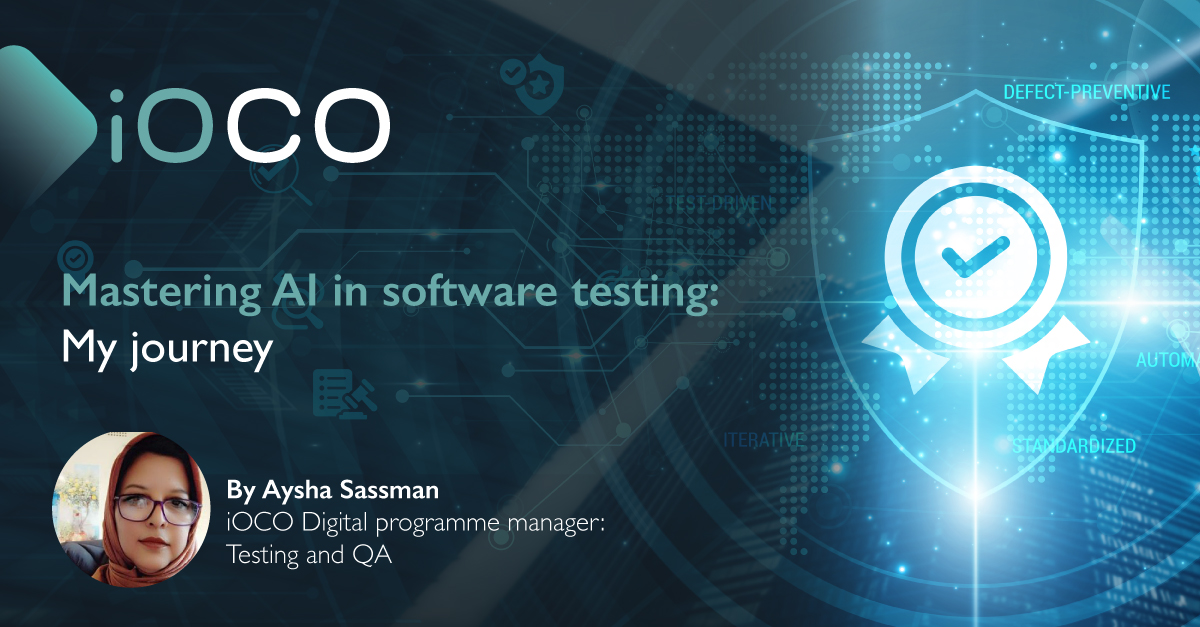Active intelligence is a new paradigm, creating in-the-moment awareness about every aspect of business. It delivers a state of continuous intelligence derived from real-time, up-to-date information designed to trigger immediate actions.
Businesses today need a much more dynamic relationship with information that reflects the current moment.
Traditional, passive business intelligence (BI) relies on preconfigured, batch-processed historical data sets, and wasn’t designed to support real-time decision-making and actions. Active intelligence establishes an intelligent analytics data pipeline that enables the reflection of dynamic business content and logic designed to trigger immediate outcomes. It can also be described as a state of continuous intelligence, where technology and processes support the triggering of immediate actions.
Continuous intelligence means that systems leverage real-time analytics, which are embedded directly into business operations, which in turn provides continuous access to the most up-to-date, accurate information, right where users need it.
It reflects the business moment by applying business logic on the analytics-ready data, so it becomes business-ready − empowering collaboration between all data personas. Moreover, it compels action in the moment by not only generating alerts for users, in context and personalised, but also triggers processes and actions directly in the system.
Finally, it can be consumed anywhere as the company builds its analytics data pipeline with a cloud-first strategy, but which will also support customers wherever their data or analytics needs to reside. This latter is achieved through new hybrid cloud services.
Why does active intelligence matter?
It matters because it represents the next evolution of BI. Why? Because the reality of business today is that data is alive − it’s constantly changing, moving around and creating new connections. Therefore, companies cannot afford to rely solely on traditional BI methods, where decisions are made on historical, passive data sets, and where they lean on systems that are not automated to compel action.
For organisations to make the most of their data, make the best decisions and have that ability to act in the moment, they need active intelligence.
In a nutshell, with traditional BI, customers are going to miss opportunities and leave money on the table. Again, why? This is because IT frequently has the data, and moreover, the business needs the data; however, connecting the two is often all too difficult.
Traditional approaches simply don’t expand the overlap required to place the right data precisely where it needs to be located. For organisations to make the most of their data, make the best decisions and have that ability to act in the moment, they need active intelligence.
Active intelligence in the real world
Let’s put this in context and explore possible real-world scenarios. For example:
- What if the business is a bank and a sudden, large withdrawal from a key customer does not trigger any fraud alerts in its systems?
- Or if a manufacturer’s systems fail to record anomalies in purchasing trends from a large retail account, leading to serious supply issues?
- Or a humanitarian aid organisation is unable to track whether the supplies meet the changing requirements at different locations?
The response to all the foregoing possible situations is that in order to seize business moments, organisations need to arm their people and systems with real-time, hyper-contextual information and analysis that doesn’t just inform decisions but triggers actions.
This is the only way real value can be created and is the precise problem that active intelligence aims to solve.
Unpacking the analytics data pipeline
Active intelligence is delivered through an intelligent analytics data pipeline which transforms raw data into informed action. Through the establishment of this data pipeline, organisations can free data from silos, find it, understand it and action it.
The modus operandi is as follows:
- Free it: Involves taking the raw data from wherever it is located and continuously delivering it to where it needs to be, reflecting changes in real-time.
- Find it: Record data lineage, and performing smart identification in a governed catalogue, where users can shop for the data, and publish it to their analytics tool.
- Understand it: Users need to be empowered to explore and leverage associative and active intelligence capabilities to uncover richer insights with ease, plus collaboratively, and from anywhere.
- Action it: The system embeds analytics into automated workflows, delivering sophisticated, context-aware alerts in real-time as changes occur.
So, is active intelligence the future? Yes, but it is important to understand that if it is to be successful, it needs to be the result of a powerful combination of data integration and analytics, augmented by enhanced data literacy programmes.
While active intelligence drives product innovation and direction and as such, is the future, it is deliverable now. You should think of it as a state your business can achieve.
In my next article, I will unpack the nitty gritty of what active intelligence is and what it is not.



